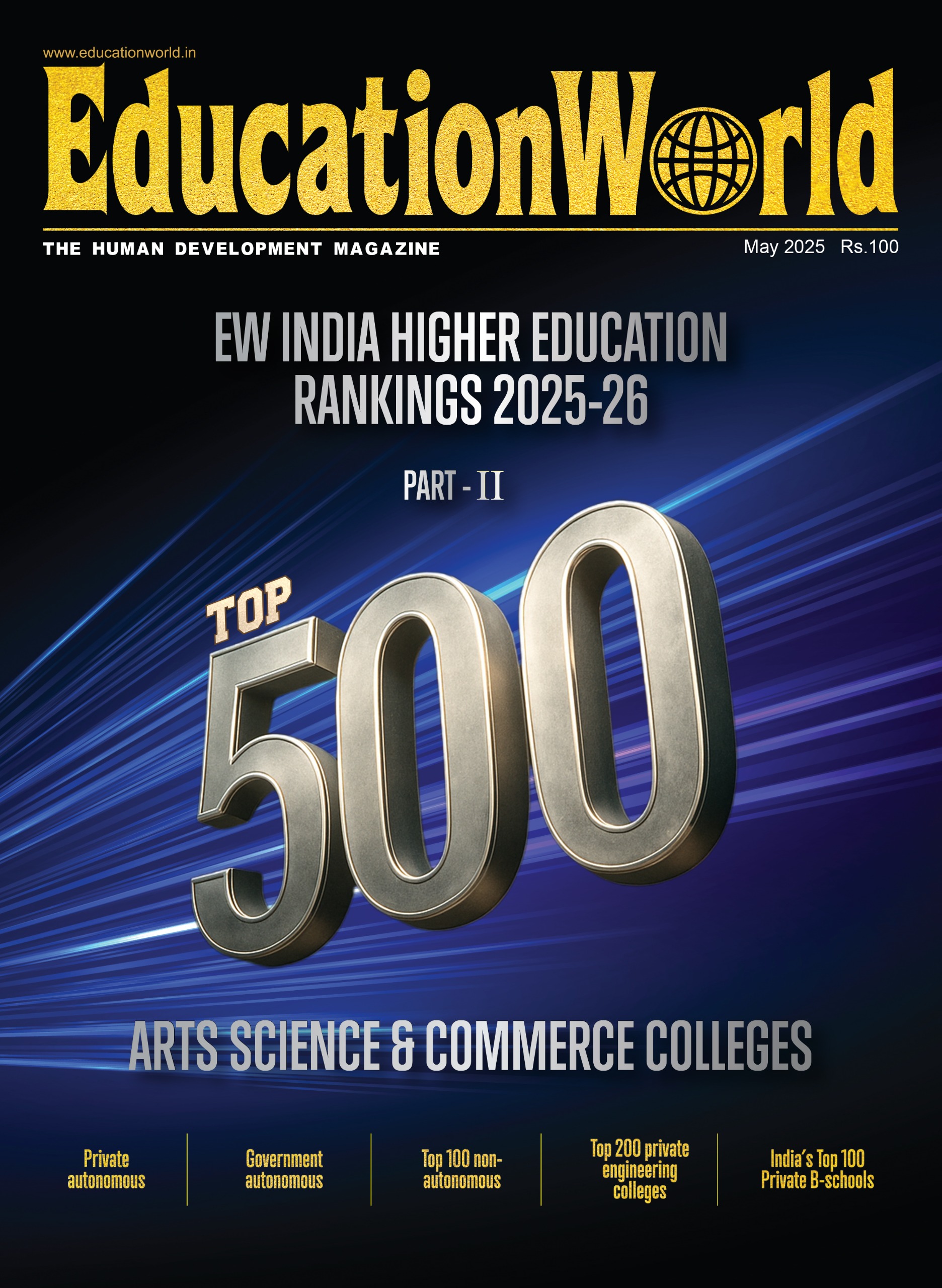The brutal gang rape of a 23-year-old paramedic student in a moving bus in the heart of Delhi on December 16, has not only triggered unprecedented student and middle class angst against the incident per se, it has also focussed a powerful searchlight on an important civilisational issue ignored for too long in post-independence India: the rising incidence of sexual harassment and molestation of women citizens. A recent Thomson Reuters Foundation global poll numbered India among the five most dangerous places for women — in the ignoble company of Afghanistan, Congo, Pakistan and Somalia. Curiously, similarly shameful data on child malnutrition, rule of law, unenforcibility of contracts, access to sanitation etc which places India in rock-bottom position worldwide, seems to make no impact upon our self-serving establishment, which on the contrary brazenly demands superpower and United Nations security council status for India.
But while the unprecedented fury and revolt has served the useful purpose of revealing the ugly face of the establishment, there is clear and present danger that in the heat of anger and emotionalism a real opportunity to deter, abate and severely punish crimes against women and children will be missed. This is reflected in pervasive misdiagnosis of the causes of the rising wave of gender crimes in Indian society which has its epicentre in the Union and state government budgets and education systems. Shockingly, neither indignant citizens nor media pundits seem to be aware that the number of police personnel per 100,000 people in India is a mere 130 against the world average of 222, and 976 in Russia, 552 in Italy, 369 in France and 233 in the US. Moreover the number of judges per 100,000 people in India is a measly 10.5 against 105 in the US and 55 in the UK. To these dismal statistics, factor in the reality that almost 30 percent of police personnel are assigned for VIP security, and that criminal and civil procedure codes which govern the country’s courtrooms haven’t changed for a century, and the causes of the collapsed police and justice systems become plainly apparent.
Therefore to seize the opportunity and effectively take arms against the tide of gender crimes destabilising Indian society, the educated middle class and intelligentsia in particular need to rise to the challenge and press for budgetary allocations to double the number of police personnel and judges. In addition, substantial sums have to spent on training police-persons in forensics, gender sensitisation and other life skills.
But it’s foolish to expect gains without pain. Therefore expenditure under other budgetary heads and unmerited subsidies (on higher education for instance) have to be reduced and higher taxes have to be tolerated.
While demanding the death penalty and severe punishment for rape and gender crimes may result in emotional catharsis, there’s no substitute for a cold, hard analysis of the ecosystem — covering school curriculums and Bollywood films — to abate the gender crimes wave which is shaming and destroying India. Meanwhile more boots on the ground and judges on benches are the immediate requirement of an overdue fair deal for the nation’s endangered women citizens.
Corruption eradication top national priority
In the hurly-burly in parliament over the FDI (foreign direct investment) in retail issue which has providentially been given the green light, and the brouhaha over the Gujarat state elections whose outcome has national ramifications, the hitherto burning issue of pervasive corruption in government and society has been pushed to the periphery of the national radar. In particular, the high-octane crusade of Arvind Kejriwal, who progressing from the Anna Hazare-led India Against Corruption (IAC) movement launched the stridently anti-corruption Aam Admi (Common Man) Party (AAP), has disappeared from media headlines.
This is unfortunate and anti-social because pernicious corruption is in the DNA of all major political parties in India including the Congress, BJP, DMK, SAD, AIDMK, CPI-M among others, and should remain the prime issue in the run- up to the general election of 2014. The plain truth is that unless this cancer is aggressively excised from the body politic, the iniquity and disgrace of mass poverty cannot be eradicated from Indian society.
In this connection it’s important to bear in mind that while media headlines in the press and television focus on big-ticket corruption within government from whose books of account humungous sums of taxpayers’ money seem to vanish with monotonous regularity, it is everyday, unchecked small-ticket corruption which is sucking the lifeblood and sapping the native entrepreneurial spirit of the populace. The natural outcome of routine everyday corruption is the near total breakdown of the law and order machinery and justice system, with the weight of these institutional failures falling most heavily upon the poor and marginalised majority.
The heavy burden which the poor majority at the bottom of the social pyramid has to bear is recounted in a gut-wrenching report in The Hindu (December 13), highlighting the wretched condition of hand-to-mouth pavement hawkers, fruit and flower vendors operating in Bangalore’s K.R. Market, managed by the city municipal corporation. According to the news report, they are obliged to pay protection money ranging from Rs.20-100 to local gang bosses hand-in-glove with the police and municipal councilors. Moreover, cut off from bank credit, they are obliged to borrow money from gang bosses at interest rates ranging from 10-20 percent per day. With the police utterly compromised and the justice system too expensive and tardy to provide relief, small-time vendors and hawkers are condemned to eke out lives in perpetual shallows and misery.
In the circumstances, with the poor and marginalised engaged with life and death issues of daily survival, the responsibility to clean up the system has devolved upon the educated middle class and intelligentsia. These publics should steadfastly refuse to tolerate diffusion of the national focus on the make-or-break issue of corruption which is debilitating the population and exhausting the energy and vitality of Indian society.






















